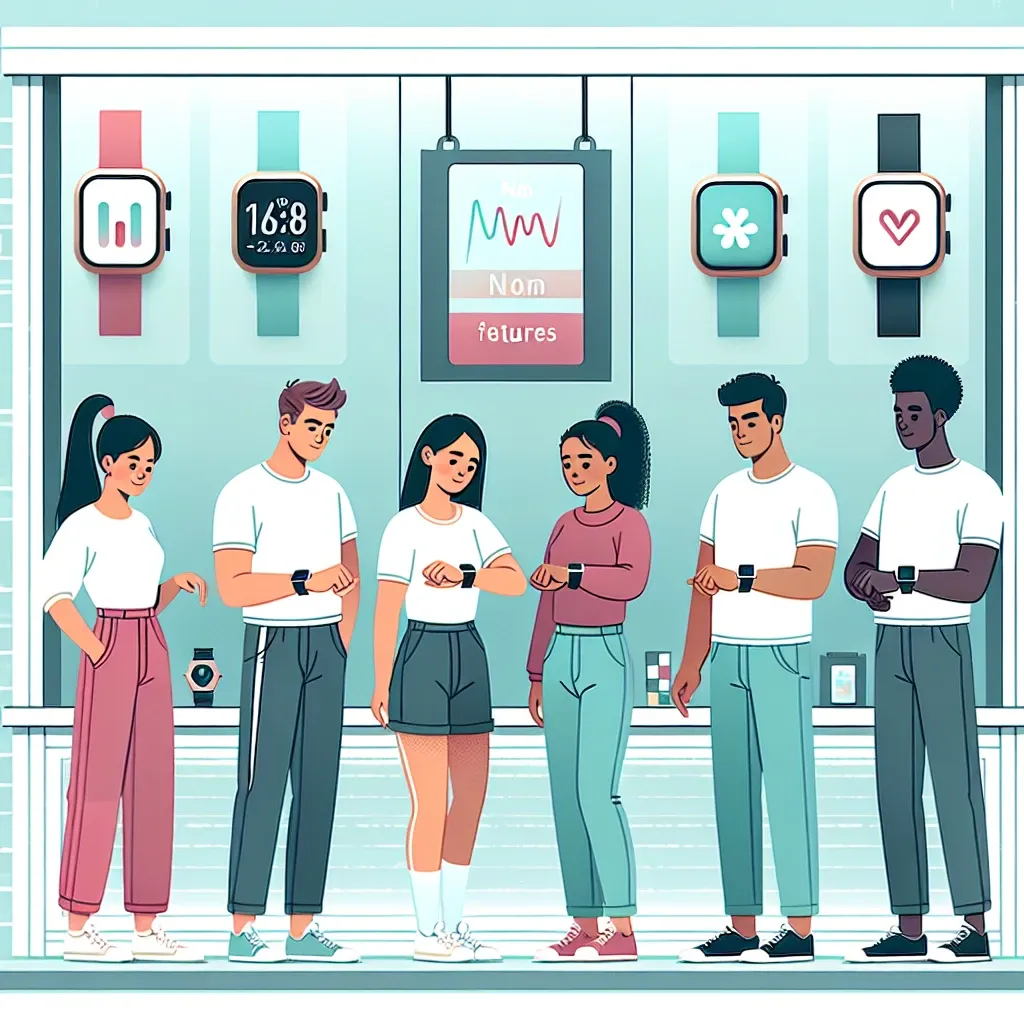Introduction
In recent years, smartwatches have transitioned from simple timekeeping devices to sophisticated health-monitoring gadgets. As technology advances and consumer demand grows, smartwatch vendors are continually seeking ways to enhance their offerings. A significant recent development in this arena has been the integration of blood oxygen alerts, spurred by updated guidance from the FDA. This article delves into the implications of this update, the technology behind it, and what it means for consumers moving forward.
The Role of the FDA in Health Technology
The U.S. Food and Drug Administration (FDA) plays a vital role in regulating health-related devices, including smartwatches. Their recent guidance update on health-monitoring technologies has paved the way for vendors to incorporate advanced capabilities, such as blood oxygen monitoring. This initiative aims to ensure that consumers receive accurate and reliable health data, enhancing the overall safety and efficacy of wearable devices.
Understanding Blood Oxygen Monitoring
Blood oxygen saturation, measured as SpO2, indicates how well oxygen is being transported throughout the body. Normal SpO2 levels range from 95% to 100%. Lower levels can signify respiratory issues or other health conditions, making this data crucial for early detection and intervention. The technology behind blood oxygen monitoring in smartwatches typically employs pulse oximetry, using light sensors to measure the color of blood and infer oxygen saturation levels.
Smartwatch Vendors Embracing Change
In response to the FDA’s updated guidance, several smartwatch vendors have rapidly integrated blood oxygen alert functionalities into their devices. This trend reflects a broader movement within the tech industry, where health and wellness have become central to product development.
Major Vendors Leading the Charge
- Apple: Known for its innovation, Apple has added blood oxygen monitoring to its latest Apple Watch models. Users receive alerts if their levels fall below a certain threshold.
- Samsung: Samsung’s Galaxy Watch series also incorporates this feature, emphasizing its commitment to health and fitness tracking.
- Fitbit: Now under the Google umbrella, Fitbit has launched devices that monitor blood oxygen levels, providing users with real-time health insights.
Consumer Benefits of Blood Oxygen Alerts
Integrating blood oxygen alerts into smartwatches offers several advantages for consumers:
- Early Detection: Users can identify potential health issues early, allowing for timely medical intervention.
- Enhanced Health Monitoring: Continuous monitoring of blood oxygen levels empowers users to take charge of their health.
- Increased Awareness: With real-time alerts, users become more attuned to their health status, promoting proactive health management.
User Experiences
Many early adopters of blood oxygen alert features have reported positive experiences. For instance, a user shared how the feature alerted them to a drop in their oxygen levels during a workout, prompting them to adjust their activity level accordingly. This real-time feedback can be a game-changer for fitness enthusiasts and those managing chronic health conditions.
Challenges and Considerations
While the addition of blood oxygen alerts is promising, there are challenges and considerations that vendors and users must navigate:
- Accuracy: The accuracy of blood oxygen readings from consumer devices can vary. Users should be aware that these readings may not always match clinical results.
- Over-reliance: Some users may become overly reliant on smartwatch data, potentially neglecting traditional medical advice.
- Data Privacy: With health data being sensitive information, ensuring robust privacy measures is paramount.
Future Predictions for Smartwatch Health Monitoring
The integration of blood oxygen alerts is just the beginning. As technology evolves, we can anticipate further advancements in health monitoring capabilities within smartwatches. Future features may include:
- Expanded Biometrics: Enhanced algorithms may allow for the monitoring of additional health metrics, such as blood pressure and glucose levels.
- AI Integration: Artificial intelligence could be leveraged to provide personalized health recommendations based on user data.
- Telehealth Integration: Seamless connections between smartwatches and telehealth services may become commonplace, enabling easier access to healthcare professionals.
Conclusion
As smartwatch vendors integrate blood oxygen alert features following the FDA’s guidance update, the landscape of personal health monitoring is changing dramatically. These advancements not only empower users with valuable health insights but also set the stage for a new era in wearable health technology. With ongoing improvements and innovations on the horizon, the future looks promising for smartwatch users and their health management journeys.

Leave a Reply